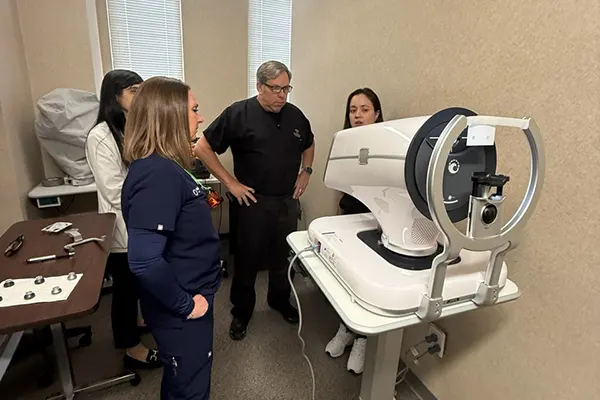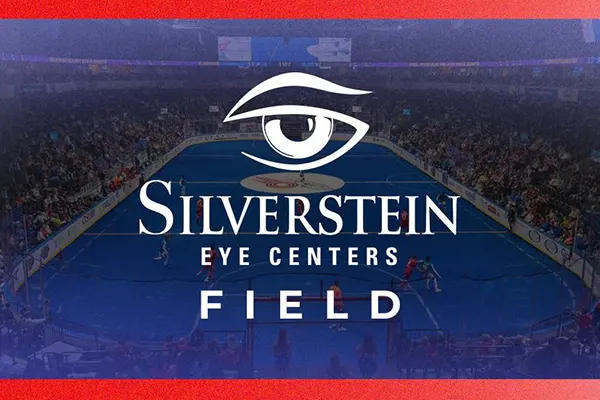Differences Between LASIK and PRK
LASIK and PRK are laser surgeries to improve vision. The two procedures are similar in the visual outcome ultimately achieved, but differ in how they are performed. PRK is most often suggested as an alternative for people who are not good LASIK candidates.
Depending on your unique vision needs, the experienced ophthalmologists at Silverstein Eye Centers can determine the most appropriate way for you to achieve improved vision. Our ophthalmologists provide experienced LASIK and PRK eye surgery to people living in the greater Kansas City, Missouri area.
How is LASIK Different From PRK?
The definitive difference between LASIK and PRK is surgical. In LASIK, a flap must be created in your cornea. PRK creates no such flap. Both PRK and LASIK have achieved vision improvement for millions of people with:
- Farsightedness
- Nearsightedness
- Astigmatism
Both procedures permanently change the shape of your cornea with a laser, but the cornea is accessed differently in each procedure. In LASIK, a hinged flap is created in the middle layer of the cornea. The flap is folded back to expose the corneal layers underneath, which are reshaped with the laser.
In PRK, no flap is created. Instead, the outer surface of your cornea – referred to as “epithelium” – is removed and discarded. Once this outer surface of cornea is removed, the deeper layers are reshaped with the laser in the same manner as LASIK.
Because a corneal flap is not created, PRK has several disadvantages to LASIK, including:
- Longer recovery.
- Discomfort during recovery.
- Results take longer to manifest.
The recovery from PRK may be more uncomfortable and take longer because the outer layer of cells must grow back. In LASIK, the layer of surface cells is placed back over the cornea at the end of the procedure. After PRK, you may experience itchiness and irritation as the cells regenerate.
Studies show PRK and LASIK have similar results six months after surgery; however, your vision will take longer to return to normal after PRK.
Find Out Which is Better For You: LASIK or PRK
PRK is most often recommended as an alternative for people who are not good candidates for LASIK. Traditionally, PRK has been recommended for people with:
- Thin corneas
- Steep corneas
- History of dry eye syndrome
- Large pupils
Additionally, people who are concerned about flap complications may wish to choose PRK. For example, athletes who want to avoid the risk of corneal flap displacement may choose to eliminate this risk by choosing a flapless procedure like PRK.
If you live in Kansas City, Missouri, or the surrounding areas, learn more about your candidacy for PRK and LASIK. Please contact the experienced ophthalmologists at Silverstein Eye Centers to schedule a consultation.


